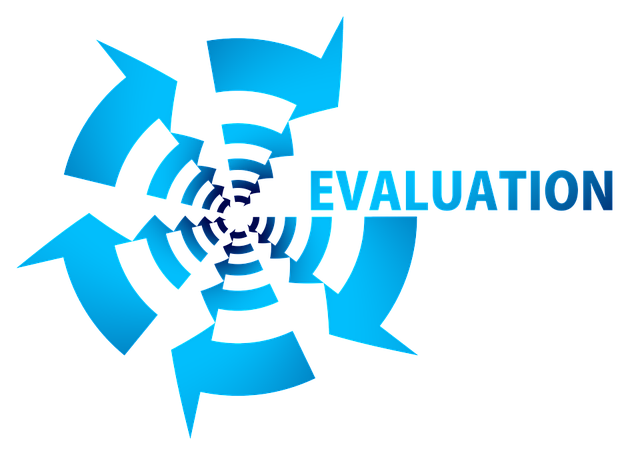Q6 Evaluation
INTRODUCTION

You have completed the four stages of Computational Thinking, but you still need to evaluate what you have done. How do you think the process went? What do you think you could have improved? If the problem involves others, have you involved them in the process and have they given you feedback? During this Quest, you will work on these questions and decide whether or not, you need to revisit any of the computational thinking stages.
I CAN STATEMENT
- conduct an evaluation of my complex problem
Competencies and Standards
MITECS Michigan Integrated Technology Competencies for Students, and
1. Empowered Learner
a. Articulate and set personal learning goals, developing strategies leveraging technology to achieve them, and reflect on the learning process itself to improve learning outcomes
c. Use technology to seek feedback that informs and improves their practice and to demonstrate their learning in a variety of ways
3. Knowledge Constructor
a. plan and employ effective research strategies to locate information and other resources for their intellectual or creative pursuits
b. evaluate the accuracy, perspective, credibility and relevance of information, media, data or other resources
c. curate information from digital resources using a variety of tools and methods to create collections of artifacts that demonstrate meaningful connections or conclusions
d. build knowledge by actively exploring real-world issues and problems, developing ideas and theories and pursuing answers and solutions
5. Computational Thinker
a. Formulate problem definitions suited for technology assisted methods such as data analysis, abstract models and algorithmic thinking in exploring and finding solutions
b. Collect data or identify relevant data sets, use digital tools to analyze them, and represent data in various ways to facilitate problem-solving and decision-making
c. Break problems into component parts, extract key information, and develop descriptive models to understand complex systems or facilitate problem-solving
d. Understands how automation works and use algorithmic thinking to develop a sequence of steps to create and test automated solutions
Websites and Documents
Websites
- Google Forms
- Google Forms Help
- Microsoft Forms
- Microsoft Forms Help
- Survey Monkey
- Survey Monkey Help
Videos from Outside Sources
21t4s Videos
21t4s Documents & Quizzes




